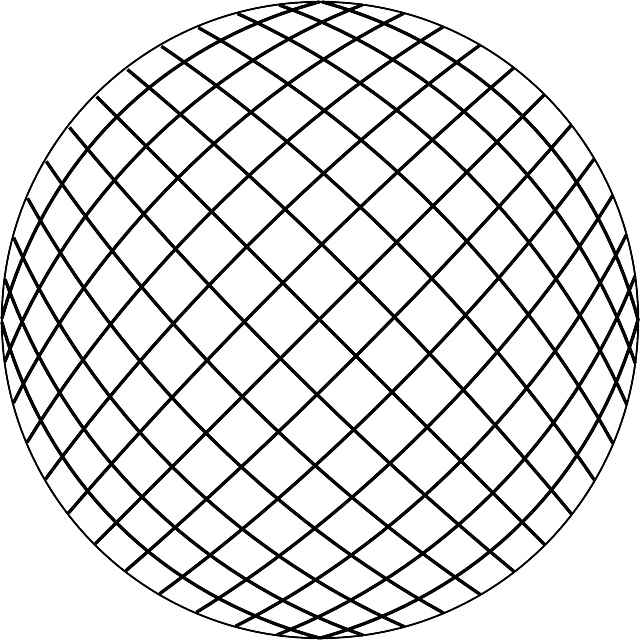Kratom's role in wound healing is significantly influenced by its rich profile of vitamins, minerals, and alkaloids. A key component of this role is zinc, an essential nutrient that supports collagen synthesis, immune system modulation, and wound contraction, all critical for effective tissue repair and prevention of infection. Zinc also possesses antimicrobial properties, which are vital in guarding against pathogens during the healing process. Additionally, Kratom contains vitamins C and E, powerful antioxidants that help mitigate oxidative stress at wound sites, further promoting healing. The synergy between these vitamins and minerals within Kratom can enhance wound treatment efficacy, making it a promising addition to wound care regimens. However, due to the complexity of individual health needs and the nuances of wound healing, those considering incorporating kratom into their recovery should consult healthcare professionals for personalized advice and to ensure a balanced and effective approach to treatment. The interplay between Kratom vitamins and minerals can create a supportive network that optimizes the body's natural healing mechanisms, potentially leading to faster recovery times and improved wound healing outcomes. Understanding this complex system is crucial for effective wound management strategies.
Zinc’s role in accelerating wound healing has gained significant attention in the realm of dermatology, with emerging research highlighting its efficacy. This article delves into the therapeutic properties of zinc, exploring how it promotes skin regeneration and aids in preventing infection. Additionally, we examine Kratom’s potential in wound care, focusing on its synergy with zinc and the vital nutrients it contains, which can enhance the healing process. By investigating the interplay between these elements and vitamins, we uncover a multifaceted approach to optimizing wound repair mechanisms, offering insights into effective wound management strategies.
- Unveiling the Healing Power of Zinc in Wound Care: A Deep Dive into Its Role and Benefits
- Kratom's Contribution to Wound Healing: Synergizing with Zinc and Other Essential Nutrients
- Enhancing Recovery: The Interplay Between Zinc, Kratom, and Vitamins in Wound Repair Mechanisms
Unveiling the Healing Power of Zinc in Wound Care: A Deep Dive into Its Role and Benefits

Zinc plays a pivotal role in the body’s natural healing processes, particularly when it comes to wound care. This essential mineral is involved in a myriad of biological functions, including cell division, protein synthesis, and immune response modulation, all of which are critical for effective wound healing. Studies have shown that zinc deficiency can significantly impair the body’s ability to heal wounds, highlighting its indispensable nature in this realm. Topically applied zinc compounds, such as those found in certain formulations of kratom vitamins and minerals, have been demonstrated to promote wound healing by enhancing fibroblast activity, which is responsible for the production of collagen and new skin tissue. Furthermore, zinc’s antimicrobial properties help to prevent infection, a common complication that can impede the healing process. Its ability to regulate inflammation and support immune function contributes to a healthier environment for wound repair, making it a valuable component in wound care strategies.
Incorporating zinc into wound care regimens is not just about topical application; it’s also about ensuring adequate levels of this mineral in the body through diet or supplementation. Kratom, known for its rich vitamins and minerals profile, including zinc, can be a beneficial addition to a holistic wound care approach. The presence of zinc within the dermal layers of the skin is crucial for maintaining skin integrity and promoting tissue regeneration. As such, kratom’s contribution to zinc intake may support the skin’s healing capacity, especially in chronic or hard-to-heal wounds. The benefits of zinc in wound care are manifold, from facilitating collagen synthesis to supporting immune defenses against pathogens that could otherwise delay healing and cause complications. This makes zinc a key nutrient to consider for those seeking optimal wound healing outcomes.
Kratom's Contribution to Wound Healing: Synergizing with Zinc and Other Essential Nutrients

Kratom, a botanical derived from the leaves of Mitragyna speciosa, has been recognized for its potential role in supporting wound healing through its rich profile of vitamins and minerals. Among these, zinc stands out as a key nutrient that is integral to the body’s natural repair processes. Zinc plays a multifaceted role in wound healing, from collagen synthesis to immune system modulation, which is crucial for preventing infection and ensuring proper tissue regeneration. Kratom contains significant amounts of zinc, along with other vital elements such as vitamins C and E, which further enhance its contribution to wound repair. These antioxidant vitamins aid in the reduction of oxidative stress at the site of injury, promoting a more conducive environment for healing. Additionally, kratom’s alkaloids may exert anti-inflammatory effects, potentially accelerating the inflammation resolution phase that is critical for wound healing. The synergy between zinc and the array of vitamins and minerals present in kratom creates a complementary effect that could improve the efficacy of wound treatment, making it a topic of growing interest in nutritional supplementation for wound care. Users of kratom should consult healthcare professionals to integrate it safely into their healing regimen, considering the optimal balance of these essential nutrients for the best possible outcomes.
Enhancing Recovery: The Interplay Between Zinc, Kratom, and Vitamins in Wound Repair Mechanisms

Zinc plays a pivotal role in the body’s natural wound healing processes, acting as a cofactor for numerous enzymes that are integral to tissue repair and cell proliferation. The inclusion of Kratom, a botanical with varied alkaloid profiles, can potentially complement zinc’s healing properties. Alkaloids present in Kratom have been studied for their potential anti-inflammatory and analgesic effects, which may aid in reducing pain and swelling at the site of injury. This, combined with zinc’s role in collagen synthesis and immune response modulation, can create a synergistic effect that enhances wound contraction and healing rates.
Furthermore, Kratom’s interaction with vitamins and minerals, such as zinc, is complex and multifaceted. For instance, certain vitamins are essential for the metabolism of zinc within the body, thereby influencing its availability and efficacy at a wound site. Adequate levels of vitamin C, another key nutrient in wound healing, have been shown to improve collagen production alongside zinc. The presence of this vitamin can enhance the antioxidant capacity of the wound, protecting cells from oxidative stress and further promoting a healthy healing environment. Together, zinc, Kratom, and the appropriate balance of vitamins contribute to an intricate network that supports wound repair mechanisms, potentially leading to faster recovery times and improved outcomes for those with wounds in need of healing.
Zinc’s role in facilitating wound healing is a subject of growing interest within the medical community, as evidenced by its ability to support cellular growth and maintain immune function at the site of injury. The article delved into how zinc, when complemented with substances like kratom, which are rich in vitamins and minerals, can synergistically enhance recovery outcomes. This interdisciplinary approach underscores the potential for optimized wound healing through a combination of these agents. In light of the evidence presented, it is clear that the strategic application of zinc, alongside kratom’s vitamins and minerals, presents a promising avenue for advancing wound care practices. Future research should focus on elucidating the precise mechanisms behind this synergy to further refine treatment protocols, ensuring better patient outcomes.






